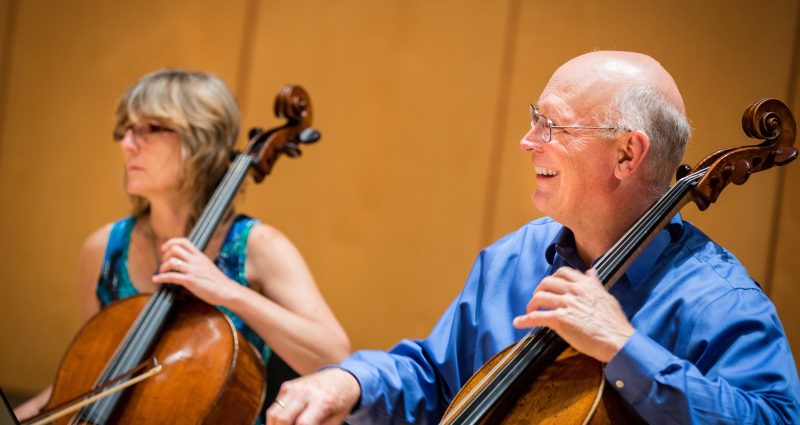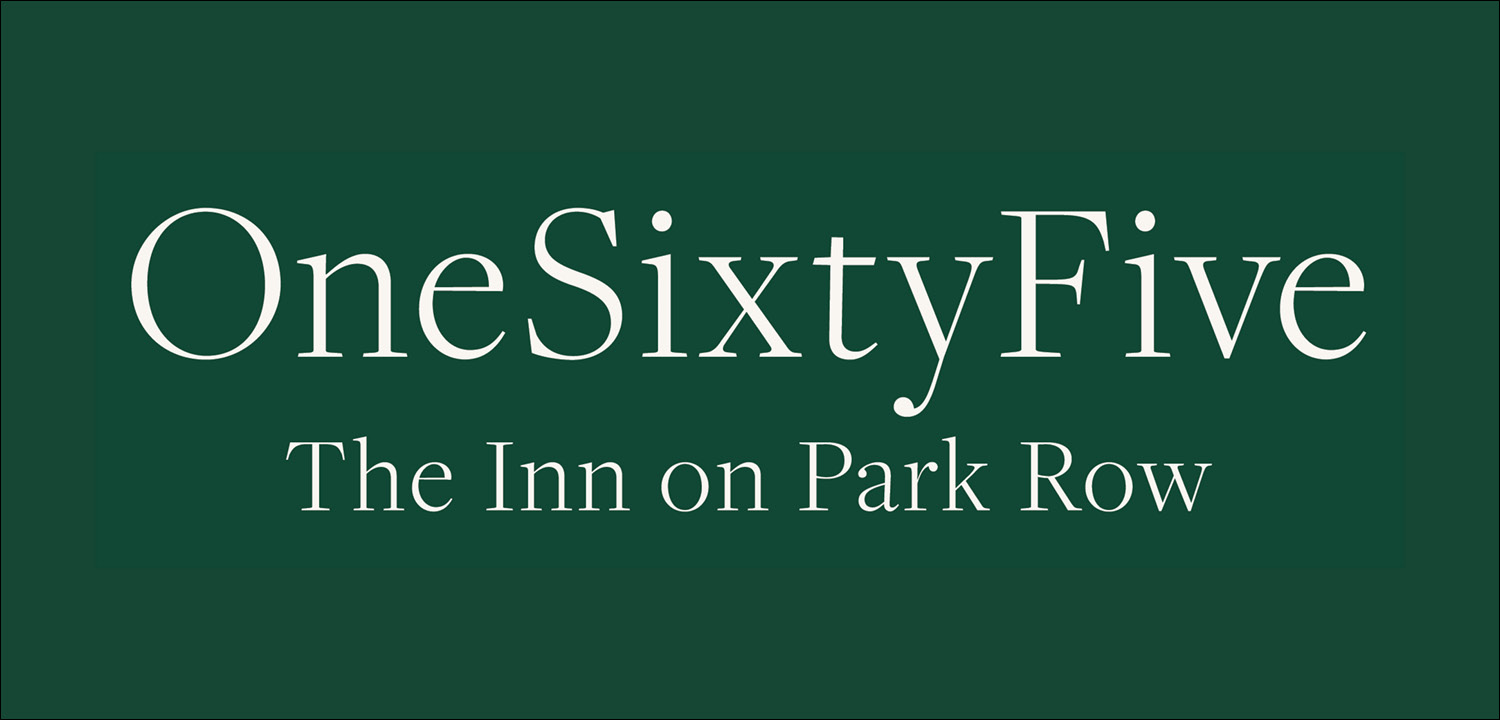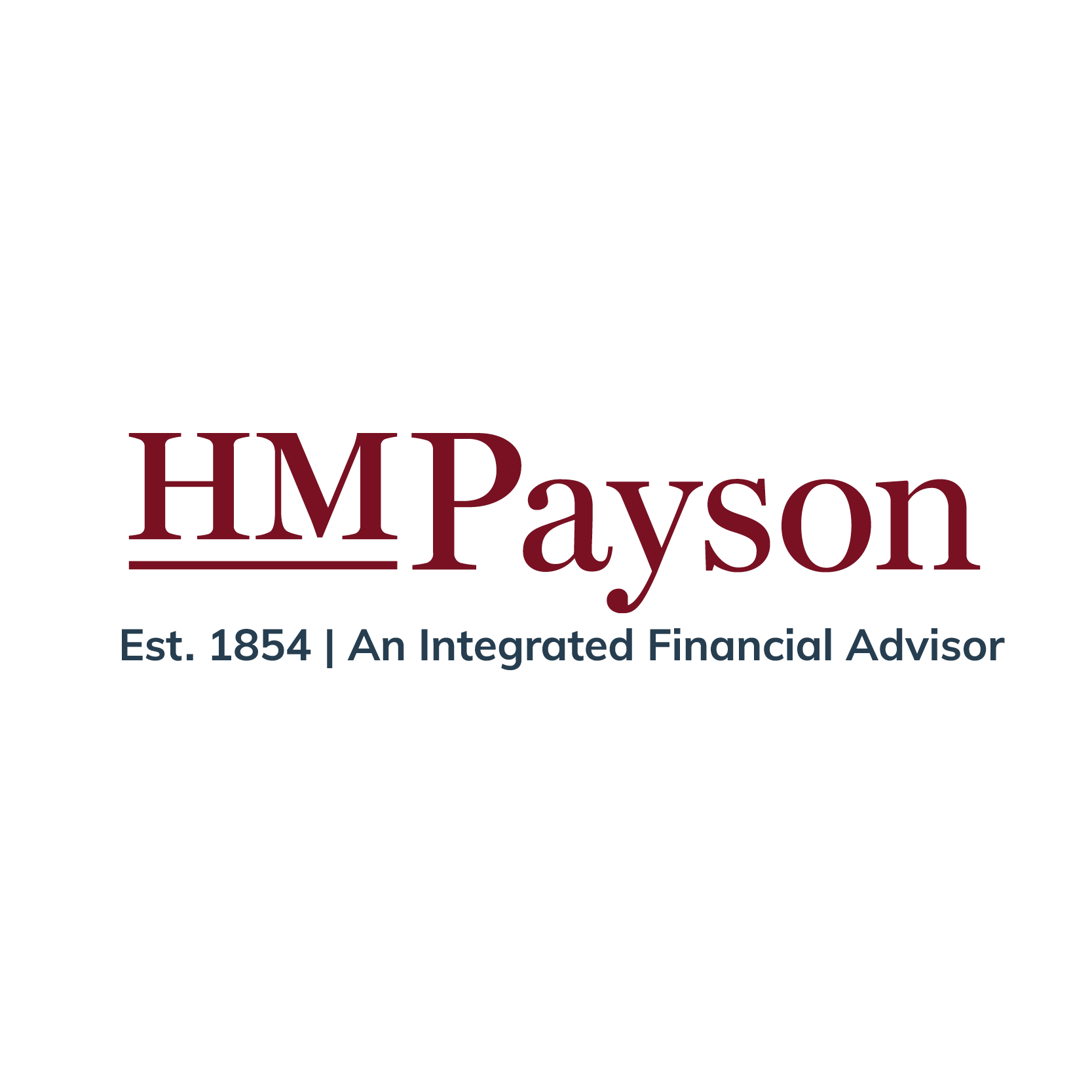- This event has passed.
DEBUSSY, Kernis, & Arensky
Please note that the first piece has been changed from Schmitt to Debussy.
CLAUDE DEBUSSY (1862-1918)
Sonata for Cello and Piano, L. 135
I. Prologue. Lent
II. Sérénade. Modérément animé
III. Finale. Animé
Steven Doane, cello • Pei-Shan Lee, piano
AARON JAY KERNIS (b. 1960)
Perpetual Chaconne
Derek Bermel, clarinet • Renée Jolles, Janet Ying, violin • Dimitri Murrath, viola • Jeffrey Zeigler, cello
— Intermission —
ANTON ARENSKY (1861-1906)
String Quartet No. 2 in A Minor, Op. 35
I. Moderato
II. Variations sur un theme de P. Tchaikovsky. Moderato
III. Finale. Andante sostenuto
Mikhail Kopelman, violin • Phillip Ying, viola • Steven Doane, David Ying, cello
Program Notes
CLAUDE DEBUSSY
Sonata for Cello and Piano, L. 135 (1915)
Initially subtitled “Pierrot is angry at the moon,” the Sonata for Cello and Piano does have in it some of the modern-day commedia dell’arte sensibility – a raw, heart-on-the-sleeve, dark humor. The Cello Sonata is the most unrefined, emotionally exposed of the three sonatas – maybe even of all Debussy’s works. The opening movement lays out a singing theme in the cello, by turns churning up ecstatic outbursts and quiescent moans. The middle movement is almost jazz-like in its counterpoint among three voices – piano in a dual role of melodic partner with the cello and as plucky, bluesy accompaniment, bowed cello in its upper register sharing the melody with piano, and the cello’s lowest notes, played pizzicato in an elastic syncopation that takes on the role of an upright jazz bass. There is indeed a lunar quality about this movement: Time stops and starts, melodic and harmonic themes shift between sultry darkness and starlit dances. From the final quiet statement of the serenade spills an exultant duet between cello and piano. The cello’s opening ascending sequence introduces a dancing theme which is folded into the mix for the rondo-like re-examination of the work’s previous themes.
– Meg Ryan of The Los Angeles Philharmonic
AARON JAY KERNIS
Perpetual Chaconne (2012)
Aaron Jay Kernis has written the following program note to accompany Perpetual Chaconne:
Perpetual Chaconne grows out of four main ideas: the falling lines in the violins that open it, the lyrical, expressive music that is introduced by the clarinet; a group of minor chords that is the harmonic grounding (the chaconne) of the whole work, and the rocking, alternating triplets that pass from instrument to instrument. Everything else in the piece varies one or more of these ideas, and maps an emotional journey from mournful lyricism to increasingly abstract, harsh gestures and back. Some of the ideas return to echo earlier appearances in the work, but most are varied and transformed all the way through to the end. It was written in 2012 for David Shifrin and the Calder and Orion Quartets, and commissioned by the Santa Fe Chamber Music Festival and others.
ANTON ARENSKY
String Quartet No. 2 in A Minor, Op. 35 (1894)
Arensky dedicated his second string quartet to the memory of Tchaikovsky, who had died in 1893, the year before the quartet was composed. The elder composer had been a mentor to Arensky since the latter had moved to Moscow in 1882 to take up a professorship of harmony and counterpoint at the Moscow Conservatory.
To construct a musical memorial befitting Tchaikovsky’s stature, Arensky wove a tapestry of carefully chosen themes, each helpfully identified in the table of contents accompanying the published score. The first movement opens with a chant-like orthodox psalm: the instrumentation for two cellos, unconventional in the context of a string quartet, deepens the low register as if to emulate the rich bass texture of a Russian Orthodox choir, setting a reflective tone for the work. The second movement is a spirited set of variations on a theme drawn from Tchaikovsky’s own collection of Children’s Songs. And the Finale contains two additional themes: first, a slow opening drawing another chant theme from the Requiem Mass, which then breaks out into a beloved Russian folk song already familiar to chamber musicians as the “Russian theme” in Beethoven’s second “Razumovsky” quartet (Op. 59, No. 2) – a work greatly admired by Tchaikovsky.
While the double cellos contribute to the work’s distinct textures and requiescent mood, it also raised marketing concerns for Arensky’s publisher, who insisted that the composer produce an alternate arrangement for the traditional quartet ensemble, to be published separately as “Op. 35a”—a reminder of the perennial need to reconcile composers’ artistic ambitions with the dynamics of commercial music markets!
-Notes by Peter Asimov
COVID POLICY
Proof of vaccination and booster required upon entry at Studzinski Recital Hall.
This concert is generously sponsored by:









